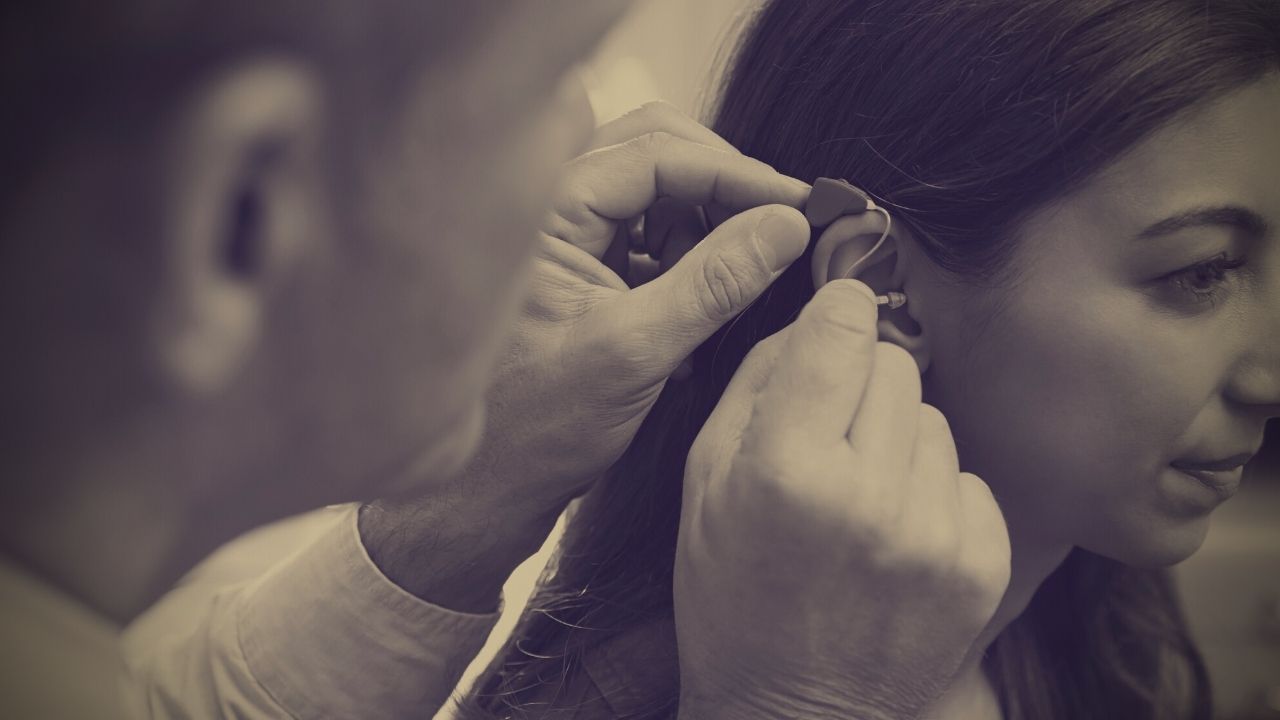By Stephen O. Frazier
With the Food and Drug Administration finally announcing the long overdue proposed standards for over-the-counter (OTC) hearing aids it appears the answer to the hearing aid cost conundrum may soon be made known. It came as a surprise to some that some of the standards developed apply not just to OTC devices but also to prescription hearing aids, wreaking even more havoc on the members of most state provider licensing boards.
The Hearing Loss Association of America (HLAA) and others support the introduction of these presumably lower cost OTC devices and echo the argument made by so many people that they don’t have hearing aids because they’re just too expensive and they simply cannot afford them.
Is that a valid argument for not addressing a possible and often very obvious hearing loss or is it just an excuse?
A Closer Look at the Data
The Hearing Industries Association, made up of hearing aid manufacturers, suppliers, distributors, and hearing health professionals, conducts regular studies of the hearing aid market and specifically, the behavior of the over 3 million annual buyers of hearing aids in this country. Known as MarkeTrak, this ongoing study took a look at the adoption rate of hearing aids by those with a significant hearing loss in. It causes one to wonder what role cost actually plays in the decision to address this invisible disability. Comparing the US with the United Kingdom where hearing aids are free would seem to be a good source for an answer to what role cost actually plays in the decision to address hearing loss.
For people in the 18 to 34 year old age bracket, MarkeTrak 9 found that, for those just starting their careers and with the lower income that would entail, the adoption rate of hearing aids by those with a diagnosed hearing loss is actually significantly higher in the US than in the UK – 30% to 25%. For those 35 to 44 years of age, again the US outpaces the UK by 1%. Get into the 45 to 54 year old bracket (when people are expected to be in their peak earning phase) the study found the UK pulls ahead at 26% to just 21% in the US. By ages 65 to 74, where more severe hearing loss manifests itself, though, the lead is only 1% with the US at 39% and the UK at 40%.
If the affordability argument is valid, it would seem that the British would have a substantially higher percentage of those with hearing loss adopting hearing aids than here in the US. Above age 75, where conservation of savings and concern for financial stability might be paramount, the UK lead widens at 56% to only 41%, possibly validating the “too expensive” argument for this age group.

Among the hard of hearing participants in the study who had been advised by a hearing care professional to be fitted with hearing aids, 55% said they are “too expensive” A smaller number, 40%, said they cannot afford them, and 32% claimed they didn’t have hearing aids because their insurance didn’t cover them. Looking at those responses differently, it appears 60% of the respondents felt they could afford hearing aids but were just not willing to spend the money, especially if their health insurance didn’t cover them. In these instances, is cost a reason or an excuse?
I was trained as a hearing loss support specialist by HLAA many years ago and have spent a good deal of my time over the last twenty years being an advocate for and advisor to people with hearing loss. In my experience, vanity and stigma often play a bigger role in the decision to not address hearing loss with the purchase of hearing aids than does cost.
Although 65% of the people in the US with a measurable hearing loss are below the age of 65, the disability is viewed by many as a problem confined mostly to the elderly. For many, visible hearing aids signal that you’re an old person and burdens the user with the apparent possibility of the many other negative attributes of advancing years. Vanity can be addressed by purchasing tiny, completely in the canal (CIC) hearing aids that are not visible and not capable of providing some of the benefits of larger, but visible, devices and there’s a growing number of models on offer in the CIC category.
How often, after being told, “Hearing aids are too expensive, I can’t afford them” is that statement followed by a report of a trip to Hawaii or the view from the Eiffel Tower? How often does that person end the conversation by going out to the proudly brand new SUV in the parking lot. Can’t afford them or they’re just not a priority? “I can hear well enough” is often the justification offered to MarkeTrak surveyors for a willingness to impose his or her hearing loss on others. Donald Rumsfeld was famous for his remark that, “You don’t know what you don’t know”.
For these hearing aid rejectors, often they “don’t know what they don’t hear” and that’s OK with them.
Impact of OTC Legislation
A quick review of the comments offered to the FDA in the just started comment period for their proposed new OTC and prescription hearing aid standards is filled mostly with comments about cost and a plea for “affordable” hearing aids. The actual availability of OTC hearing aids is a done deal – mandated by the Congress – and the actual minimum standards are pretty much set, though subject to review and being questioned by many of the hearing care professionals offering comments. Just as to how affordable they will be remains to be seen and depends on the ability of their makers to meet the FDA minimum standards while keeping the cost “affordable” as defined by potential buyers.
Well…what will OTC hearing aids do to the adoption rate of hearing aids here, and what impact will it have on the already in turmoil hearing care community? MarkeTrak 10 offers a glimpse of what that might be.
When over 3,000 current hearing aid owners were asked, “How do you think you would have purchased if an OTC option had been available?” 65% of respondents replied they would still have purchased from a licensed hearing care provider. When the wording was changed to, “How do you think you will purchase, if an OTC option is available?”, only 28% expressed the intention to purchase only from a hearing care professional.
The big question, though, is, “Will the availability of OTC hearing aids markedly increase the sale of the hearing aids or simply further fragment the market?” That’s the $64 question (now that dates me, right?) and we’ll see the answer emerge as 2022 progresses.
About the Author
Stephen Frazier is a freelance writer and the former New Mexico HLAA Chapter Coordinator. He was trained by HLAA as a hearing loss support specialist, maintains the Loop New Mexico initiative, co-chairs the Committee for Communication Access in New Mexico, and was one of the founding members of the national HLAA Get in the Hearing Loop Task Force. His articles have run in many publications including the audio/visual magazine Sound & Communications, Advance for Audiologists, the Christian Science Monitor, Church Executive, Hearing Review, Hearing Health and many others. Those articles can be read at www.sofnabq.com








Tell this story often enough and people both believe and repeat it. If you weren’t brought up on this, you would think it was crazy, saying price, moreover a very expensice price, doesn’t matter. Those who continue to promote this story fail to consider that Costco became the #1 dispenser of hearing devices with prices typically 1/3 the national average.
I should be happy that nearly all the hearing care industry buys into this story. It provides me with a huge pent up demand from the people who tell me every day that they have wanted hearing aids for years but couldn’t afford them until I started offering them at more than 1/2 off. The problem is there are mllions more people who need, want but cannot afford, or justify the prices they face locally.